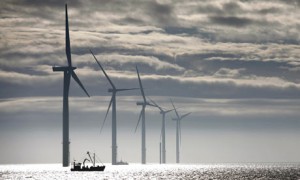Overlapping metaphor, that is. This op-ed by the president of Emory University puts a bit of point onto the identifier as a term for what’s happening in the university. Though we can take it plenty further, it’s not a bad place to start.
Historically, watershed moments such as this have pushed universities to restructure everything from basic research to how and where our undergraduates live. This time, rather than being reactive, we should pause to ask careful questions about how best to move toward a transformation of our own choosing.
…
This time, our investment should include commitments that will return us to the transporting promise of the liberal arts — freeing all of us, teachers and learners alike, from the limitations of our self-centered perspectives; enabling us to understand the world from others’ viewpoints; and empowering us to be agents of societal change. We must affirm that education is as much about insight as it is about gaining information or job training; it is about the duty to listen as well as the responsibility to speak out, about the pursuit of wisdom as well as knowledge. We should understand that the study and practice of ethics must find a home in our graduate schools of business and medicine just as it does in our liberal arts colleges.
Maybe we can think of it as coming in from the cold of merely satifying the conflicting human needs for vengeance, justice and profit, having one of these always lose out and, over time, becoming greatly accepting of this outcome. As unseemly as it might be to posit the spiritual aspects of living better at a more reasonable scale, what the hell else are we actually talking about?
Up to now, our chief insights have been on the order of ‘might making right’ and other laws of a self-fulfilling jungle, whelmed periodically only by ferocious demands for social justice and, as seems to be the case now, imminent resource scarcity. Call them cataclysmic corrections as we might, but these opportunities that crop up in our haste to otherwise prevail (upon nature, each other, time, space) are nothing more, and thankfully nothing less, than a ticket to our once and preternatural state – the only place where the things we actually want are actually within reach: a return to uncertainty.
I’m sure a lot of this is buried somewhere deep inside the Report to Greco. So, you can look it up.

